Historic Hannover: A Journey Through Time
Hannover, a city with deep historical roots, holds a prominent place in both German and European history. Located on the River Leine, it has evolved through the centuries, reflecting the diverse influences that have shaped its development. From its origins as a small medieval settlement to its rise as a key player in European trade and politics, Hannover’s history is a journey through time, offering insights into the past and its impact on the present.

Medieval Beginnings: The Origins of Hannover
The story of Hannover begins in the medieval period, around the 10th century, when it was first mentioned in historical records. The city’s strategic location on the River Leine facilitated trade and settlement. One of the earliest and most significant landmarks from this era is the Leineschloss (Leine Palace), originally built as a residence for the dukes of Brunswick-Lüneburg. Though rebuilt several times, it stands as a testament to Hannover's medieval origins.
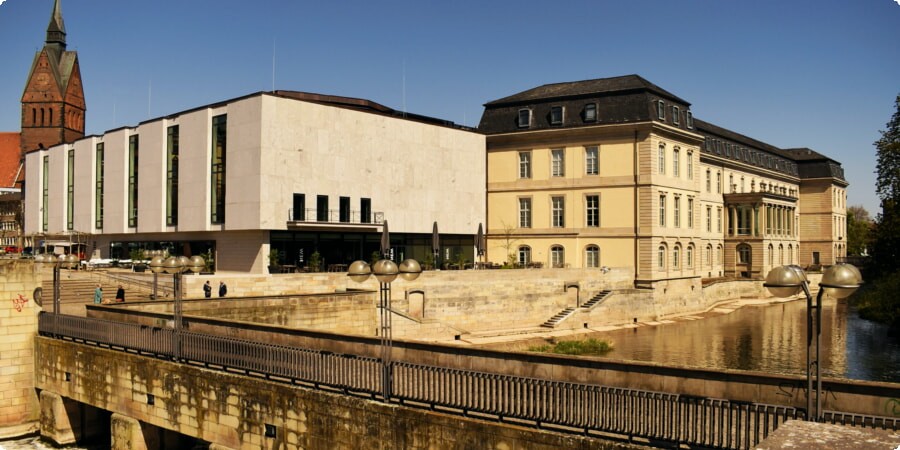
Another key medieval site is the Old Town Hall, a beautiful Gothic building that showcases the architectural style of the period. Walking through Hannover’s Altstadt (Old Town), with its narrow streets and historic buildings, one can still feel the echoes of its medieval past.

The Hanseatic Era: Trade and Prosperity
In the 14th century, Hannover became a member of the Hanseatic League, a powerful alliance of trading cities in Northern Europe. This period marked significant economic growth and prosperity for the city. The Hanseatic era left a lasting legacy in the form of marketplaces and merchant houses that dot the city center.
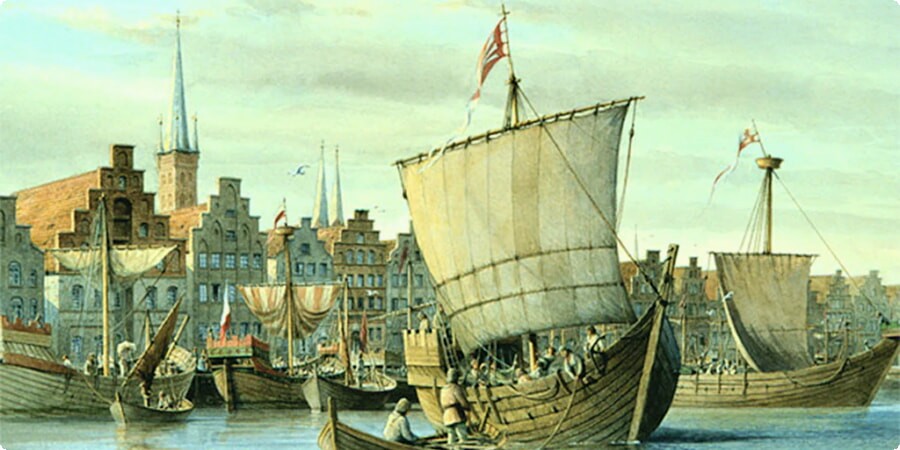
One of the most notable sites from this period is the Market Church (Marktkirche), built in the 14th century. This brick Gothic church was central to the city’s religious and commercial life. Nearby, the Market Square (Marktplatz) was a bustling hub of activity, where traders from across Europe would converge, bringing with them goods, ideas, and cultural influences.
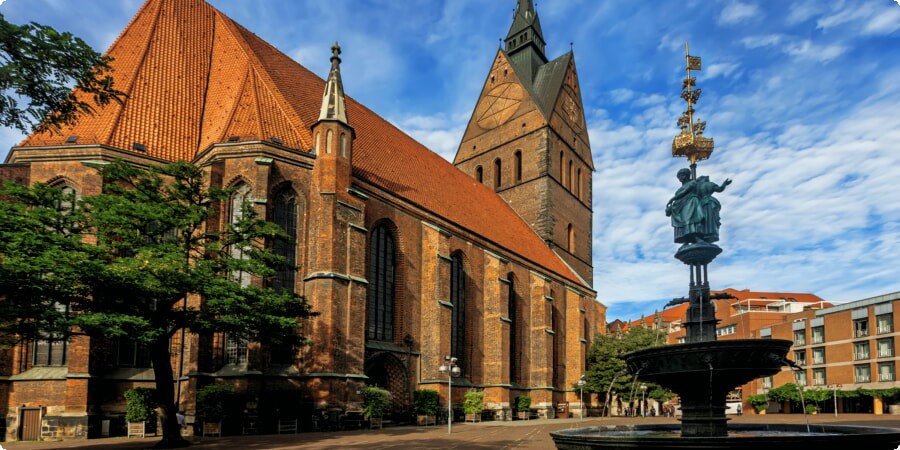
The Royal Connection: The House of Hanover
The 17th century brought the rise of the House of Hanover, a dynasty that would significantly influence European history. The family's ascension to the British throne in 1714, beginning with King George I, created a lasting connection between Hannover and Britain. This era saw the city flourish as a cultural and political center.

Key figures from the House of Hanover, such as George I and George II, have left an indelible mark on the city. The Leineschloss, which served as the residence of the Hanoverian kings, and the opulent Herrenhausen Gardens are prime examples of the royal influence. The gardens, in particular, reflect the baroque grandeur of the period and remain a popular attraction today.
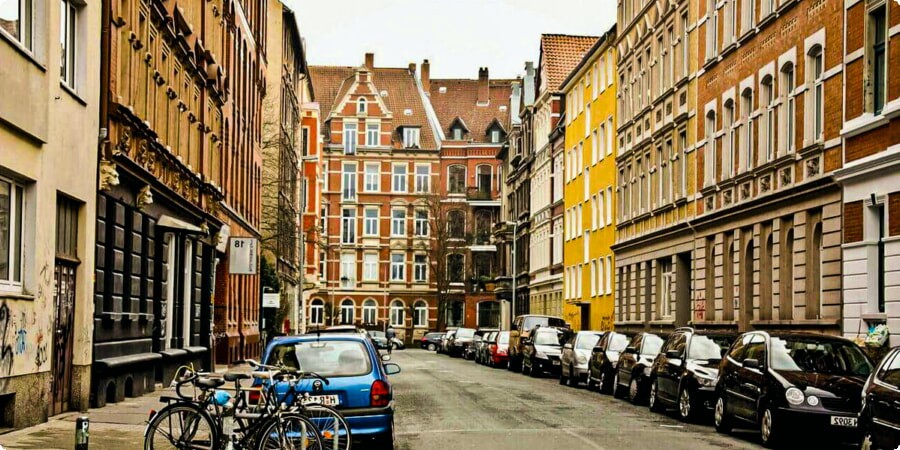
Baroque Splendor: The Herrenhausen Gardens
No exploration of Hannover’s history is complete without a visit to the Herrenhausen Gardens. These gardens, established in the 17th century by Duke George of Calenberg, are a masterpiece of baroque landscape architecture. Spread over 50 hectares, the gardens include the Great Garden, the Berggarten, the Georgengarten, and the Welfengarten.

The Great Garden is the highlight, featuring meticulously maintained lawns, ornamental fountains, and sculptures. The Grotto, decorated by artist Niki de Saint Phalle, adds a modern touch to the historical setting. The Berggarten, originally a kitchen garden, now houses an impressive collection of exotic plants and a stunning orchid display. A visit to the Herrenhausen Gardens is a journey through both the artistic and horticultural achievements of the baroque era.
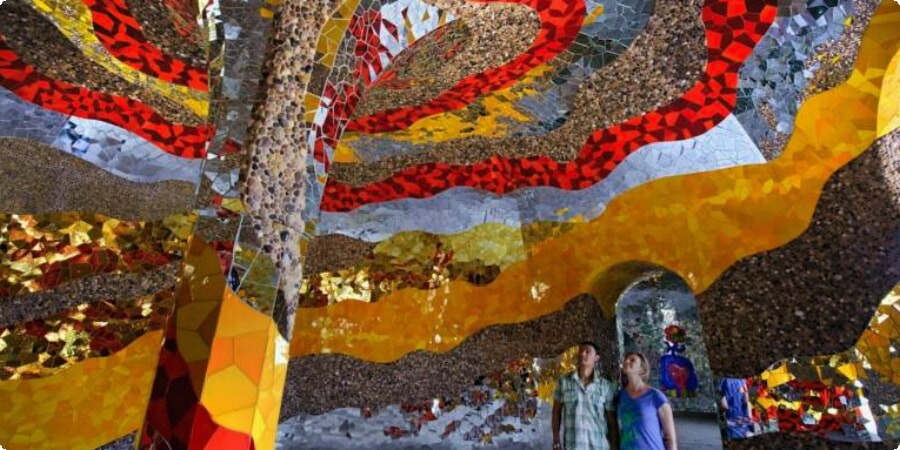
War and Reconstruction: Hannover in the 20th Century
The 20th century was a tumultuous period for Hannover, marked by the devastation of two world wars and the subsequent reconstruction. World War II, in particular, inflicted severe damage on the city. Allied bombing raids in 1943 and 1945 destroyed much of the city center, including many historical buildings.
However, Hannover's resilience shone through in the post-war years. The reconstruction efforts focused on rebuilding and restoring historical landmarks while modernizing the city infrastructure. The Aegidienkirche, left in ruins as a war memorial, serves as a poignant reminder of the city's wartime past and its dedication to peace.

Today, Hannover’s post-war reconstruction is evident in the blend of old and new architecture that characterizes the cityscape. Visitors can explore rebuilt historical sites and modern structures that symbolize Hannover’s recovery and growth.
Cultural Heritage: Museums and Historic Sites
Hannover boasts a rich cultural heritage, with numerous museums and historic sites that offer insights into its past. The Lower Saxony State Museum (Niedersächsisches Landesmuseum) is a must-visit, housing extensive collections of art, archaeology, and natural history. The museum's exhibits provide a comprehensive overview of Hannover's history and its role in the wider region.
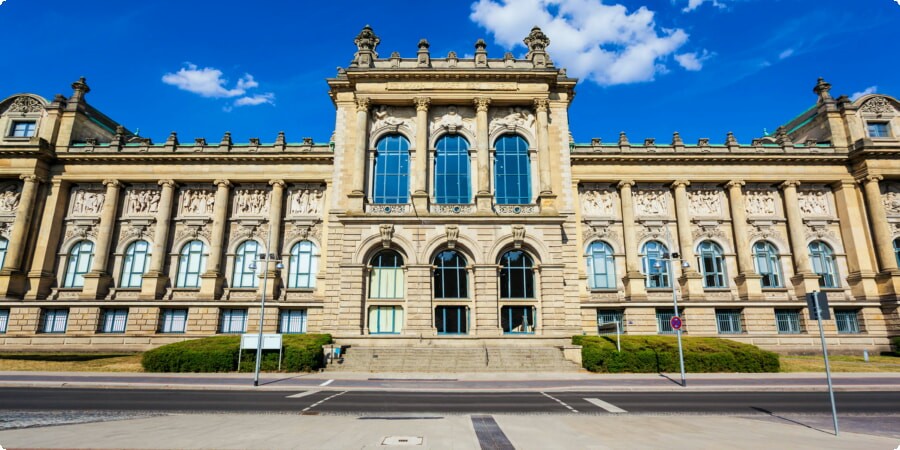
Another significant site is the Sprengel Museum, dedicated to modern art, where visitors can explore works by artists such as Picasso and Klee. The Historical Museum, located in the Old Town, offers exhibits on Hannover’s development from the medieval period to the present day.

For those interested in exploring Hannover's historical sites on their own, renting a car can be a convenient option. Consider using Cars4travel for car rental services to explore the city and its surroundings at your own pace.
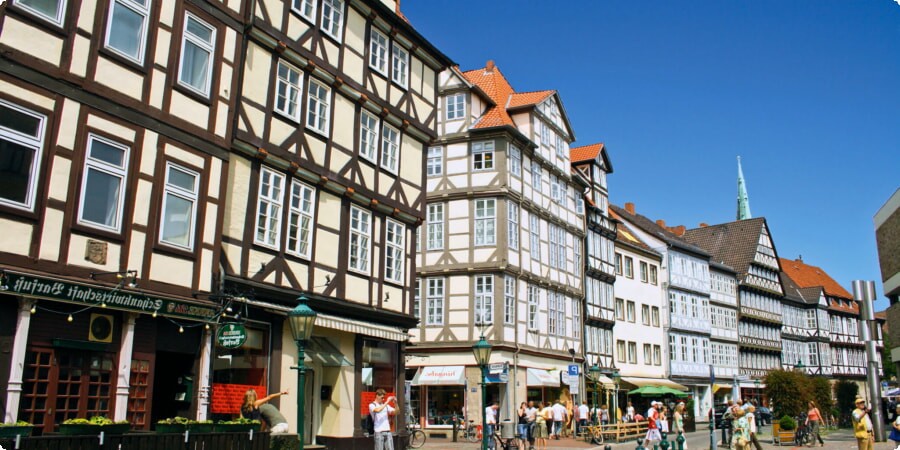
Modern Echoes: Historic Buildings in Contemporary Hannover
Hannover’s historic buildings have been thoughtfully integrated into the modern cityscape, creating a unique blend of old and new. The New Town Hall (Neues Rathaus), completed in 1913, is an architectural marvel and a symbol of the city’s resilience and growth. Visitors can take an elevator to the dome for panoramic views of the city, which vividly illustrate the juxtaposition of historical and contemporary structures.
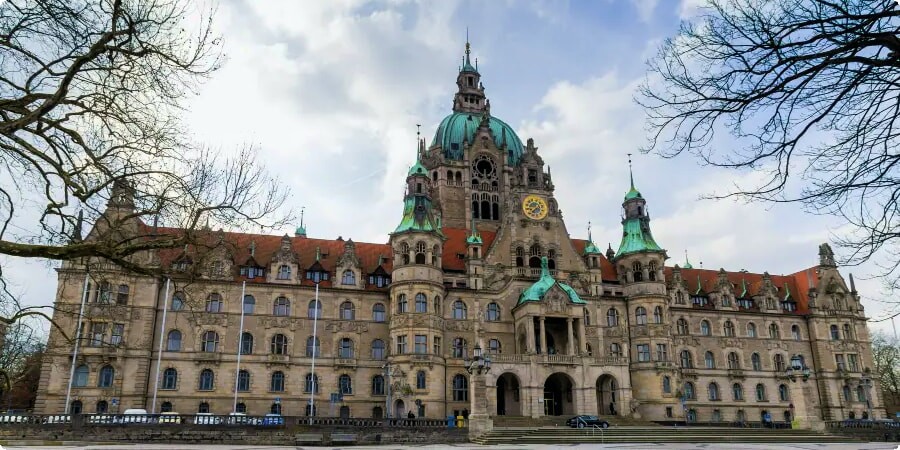
The Ernst-August-Galerie shopping center, named after King Ernest Augustus, is a prime example of modern development that respects historical context. The gallery incorporates elements of Hannover’s architectural heritage, making it a fitting location for both shopping and historical exploration.
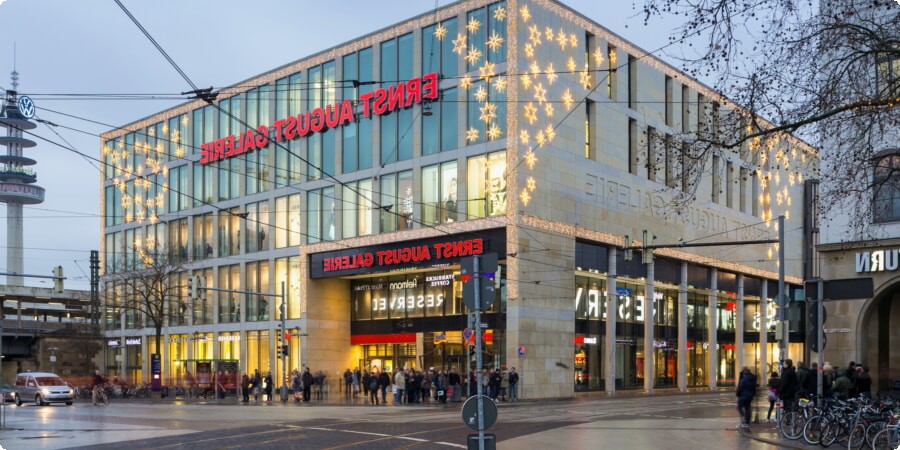
For accommodation, visitors can find a variety of options in Hannover. Consider using Hotelhunter to find the best hotels that suit your needs, ensuring a comfortable and convenient stay while you explore the city’s historical sites.

The Living History of Hannover
Hannover’s history is not just confined to museums and monuments; it is a living, breathing part of the city. The city’s festivals, such as the Maschsee Festival, and cultural events often draw on historical themes, connecting the past with the present. Walking through Hannover, whether in the bustling city center or the tranquil gardens, one can sense the layers of history that have shaped this vibrant metropolis.
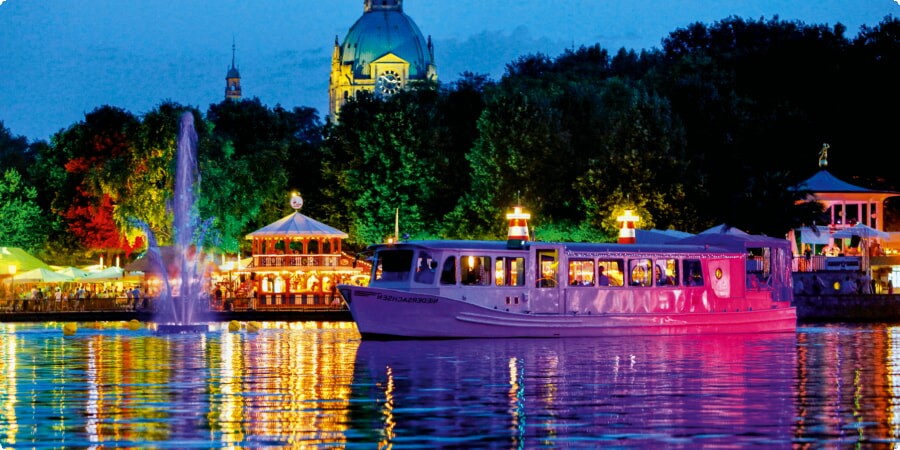
Hannover’s journey through time is a testament to its resilience and ability to adapt while preserving its rich heritage. From its medieval origins to its role as a modern cultural hub, Hannover invites visitors to explore and appreciate its historical depth. Whether you’re a history buff, a culture enthusiast, or simply a curious traveler, Hannover offers a fascinating glimpse into the past and its enduring legacy.